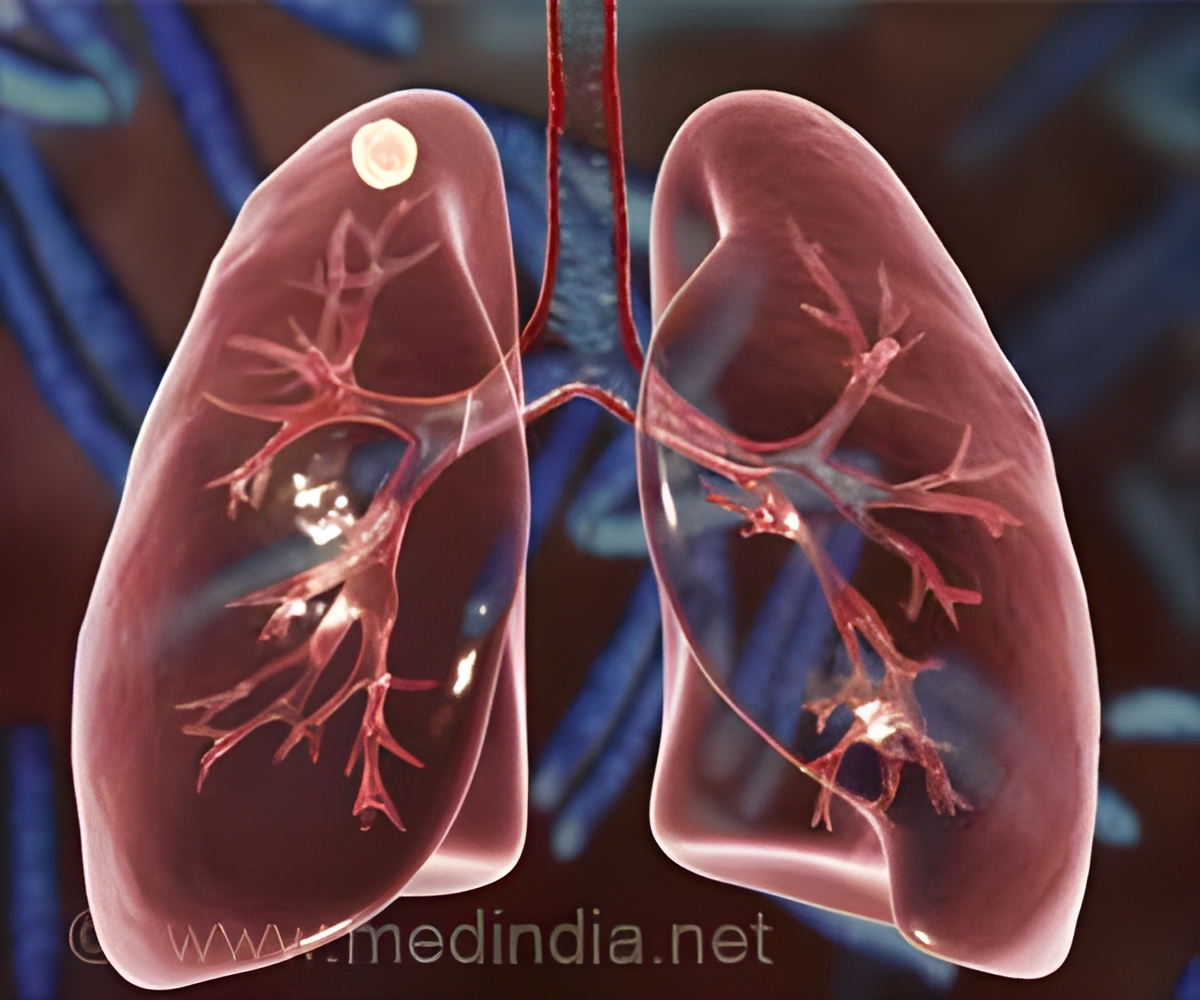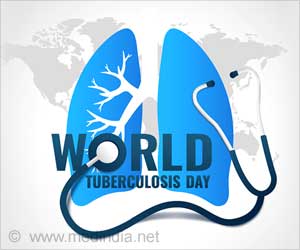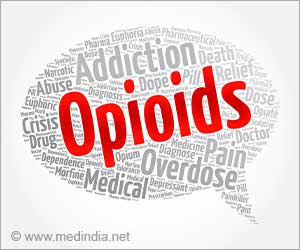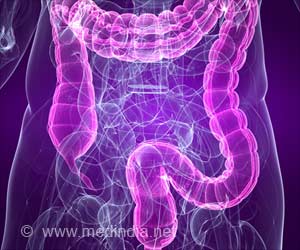
‘A structure-based design process is used to build a new range of drugs for treating infectious tuberculosis (TB) disease.’
Tweet it Now
Mycobacterium tuberculosis (Mtb) will usually attack the lungs but can attack any part of the body. Now, drug-resistant TB strains are spreading and present a major concern. There is a solution to this.Development of Much-Needed Additional Treatment Options for Tuberculosis (TB)
During infection, the TB bacteria can utilize lipids (cholesterol and fatty acids) from the human host to act as nutrients to maintain and fuel the infectious state. The study published in Chemistry Europe, outlines this collaborative project and the results of their research into a set of enzymes involved in a key step in the breakdown of host cholesterol used by the TB bacteria.These enzyme structures are used to design inhibitor molecules that can bind to the enzymes and prevent them from doing their job - essential for TB infection. The inhibitor molecules initially came from screening a library of small chemical compounds and were then gradually built up and synthesized chemically designing them to sit specifically into the enzyme structure.
This process iteratively combines protein structure knowledge and chemical synthesis to design a succession of better inhibitors. The leading compounds were tested against clinically active and drug-resistant strains of Mycobacterium tuberculosis and revealed anti-TB activity.
Using a structure-guided approach, combined with biophysical characterization, compounds with micromolar range in-cell activity against clinically relevant drug-resistant isolates were obtained. These will provide routes to probe the role of CYP125 and CYP142 in Mtb pathogenesis. It should incite further development of an alternative range of anti-TB inhibitors.
With the emergence of extensive drug resistance, novel therapeutic agents are urgently needed, and continued drug discovery efforts are required. Host-derived lipids such as cholesterol support Mtb growth, and are also suspected to function in immunomodulation, with links to persistence and immune evasion.
Advertisement
Advertisement









